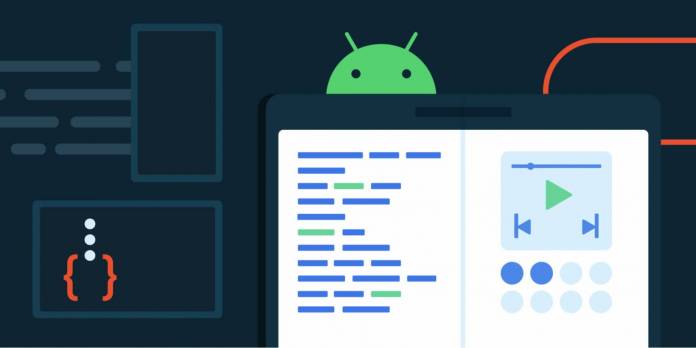
From smartphones to wearables, we move to tablets. Google has included this category that already includes the foldables and large displays. There are only a few foldable phones available in the market but like most new gadgets, there will come a time they will be a standard in the mobile business. The Android team also wants to focus on them as the consumer experiences are different from the smartphone. This year, Samsung will introduce another pair of foldables–the Galaxy Z Fold 3 and the Galaxy Z Flip 3. Other brands may also venture into this category.
The Android team is looking to improve on the foldable display experience. In the coming weeks and months, expect new features, apps, and processes will be introduced for tablets, foldables, and large screen devices.
Google knows current app ecosystem isn’t exactly suitable to larger devices. It can be used but there must be adjustments. Ergonomics are different and with the current technological innovations, Google must adapt.
Demand for tablets and foldable devices are increasing especially now that more people are staying at home. Google said developers and OEMs can reach over 250 million active users of tablets, foldables, and Chromebooks. That is a huge number and so Android for large screen devices is needed.
Usage and navigation on larger screens are also different. They are actually changing how we interact with such devices. Google wants to focus on a number of things when it comes to foldables: Designing for large screens, Multitasking, and Input modes.
If you are an app developer, you may need to consider those main areas. Google is setting up some standards and design principles starting with the size breakpoints and device classes: Foldable (7-8 inches with 481 x 674 pixels), Tablet (8-inches or 10-inches with 1024 x 640 dp or 1280 x 800), and Desktop or laptop (13-inches with 1600 x 900 pixels). Apps must be able to fit these displays in both landscape and portrait.
Apps should be able to do multitasking. This can be done by being resizable. Make sure apps can be put into multi-window mode or split screen. Input modes must also be considered whether with stylus, mouse, or keyboard.
UI components have been updated as well across Jetpack and Material Design libraries. The SlidingPaneLayout has been improved to adapt to configuration changes. This allows a better user experience across different sizes. Lock modes are also ready so you can have control over the swipe behaviors.









